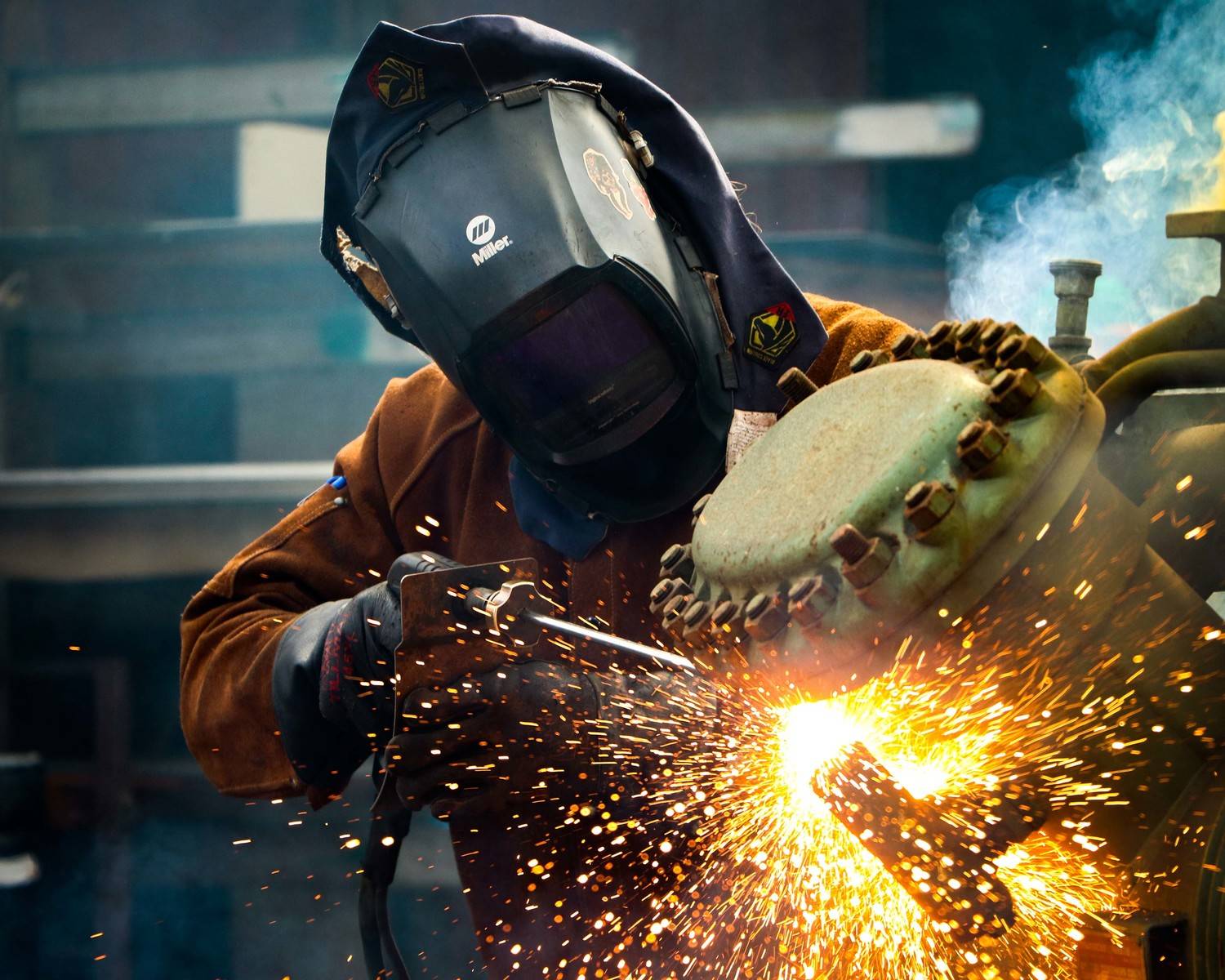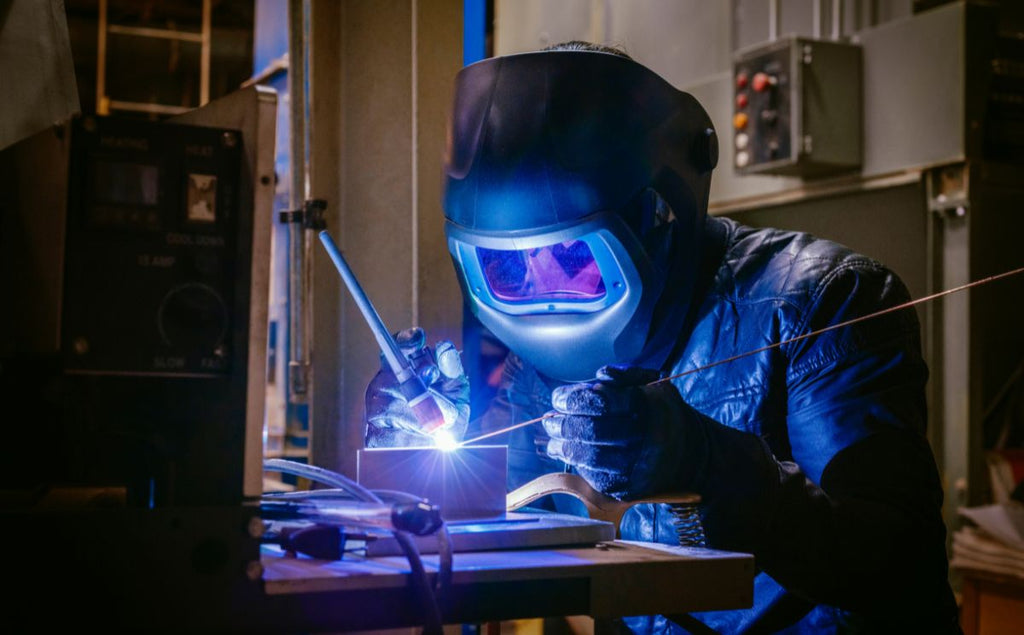Comprehending Welding WPS: Comprehensive Overview for Welders
Comprehending Welding WPS: Comprehensive Overview for Welders
Blog Article
The Ultimate Overview to Welding WPS Procedures: A Comprehensive Summary for Welders
In the complex globe of welding, Welding Procedure Requirements (WPS) function as the backbone of making certain quality, consistency, and safety in welding operations. Understanding the subtleties of developing, applying, and keeping an eye on WPS treatments is vital for welders aiming to boost their craft and satisfy sector criteria. As we explore the numerous components of a WPS and explore the intricacies of certification and certification, we will certainly discover the essential duty these procedures play in the realm of welding. Allow's get started on a trip to unravel the complexities and value of WPS procedures in welding practices.
Relevance of WPS Procedures
Comprehending the significance of Welding Procedure Requirements (WPS) treatments is crucial for making certain the high quality and honesty of welded frameworks. WPS treatments function as a roadmap for welders, detailing the essential actions, parameters, and materials required to achieve an audio weld. By adhering to WPS standards, welders can make sure consistency in their work, causing trustworthy and structurally audio welds.
Among the key reasons WPS procedures are important is their role in keeping weld top quality and honesty. Complying with the defined welding specifications and strategies detailed in the WPS aids protect against problems such as porosity, cracking, or incomplete fusion, which can jeopardize the stamina and durability of the weld. Furthermore, WPS procedures are essential for ensuring compliance with market requirements and codes. By complying with well established WPS guidelines, welders can show that their job fulfills the necessary needs for security and top quality, giving assurance to clients, examiners, and regulative bodies. Basically, the value of WPS procedures can not be overstated, as they are basic to attaining regular, top notch welds that meet industry criteria and specs.

Parts of a WPS
A Welding Procedure Requirements (WPS) normally makes up crucial parts that detail the certain needs for executing a weld, making certain uniformity and quality in the welding procedure. The vital elements of a WPS include essential variables such as base steels, filler steels, preheat and interpass temperatures, welding processes, protecting gases, welding settings, and post-weld warmth therapy needs.
Base metals refer to the products being joined, while filler steels are utilized to load the space between the base steels throughout welding. The welding process lays out the certain technique to be utilized, whether it's gas steel arc welding (GMAW), secured metal arc welding (SMAW), or one more technique. Welding placements specify the orientations in which welding can be executed.

Qualification and Certification
Having established the important components of a Welding Procedure Specification (WPS), the focus now moves in the direction of the critical aspects of qualification and qualification in welding techniques.

Certification, on the other hand, is the formal acknowledgment of a welder's qualifications by an appropriate qualification body or company. Welding accreditations are usually based on the specific welding procedures, products, and placements a welder is qualified to deal with. Holding a legitimate welding certification demonstrates that a welder fulfills sector criteria and is competent to perform welding tasks to the needed specifications.
Producing a WPS
To develop a Welding Treatment Spec (WPS) that meets market standards, mindful consideration of welding procedures, materials, and functional criteria is necessary. The first step in developing a WPS is to identify the welding procedure to be utilized, such as gas metal arc welding (GMAW) or secured metal arc welding (SMAW)

Implementing and Keeping Track Of WPS
Upon completing the extensive Welding Treatment Requirements (WPS) that thoroughly information welding procedures, materials, operational parameters, and quality guarantee measures, the emphasis moves to successfully carrying out and checking the established procedures. Application involves guaranteeing that all welders entailed in the project are acquainted with the WPS and follow next it meticulously throughout the welding procedure. Effective execution and monitoring of the WPS are crucial for making certain the stability, toughness, and safety and security of the welded joints, inevitably contributing to the overall success of the welding task.
Final Thought
To conclude, understanding and following Welding Procedure Specs (WPS) is critical for welders to make sure top quality, consistency, and safety and security in their work. By recognizing the elements of a WPS, getting appropriate credentials and certifications, more info here producing in-depth treatments, and implementing and monitoring them successfully, welders can boost their skills and efficiency in welding practices. Following WPS treatments is crucial for producing high-grade welds and conference sector criteria.
In the elaborate globe of welding, Welding Treatment Requirements (WPS) serve as the backbone of making certain quality, uniformity, and safety and security in welding operations. The welding process outlines the certain technique to be used, whether it's gas metal arc welding (GMAW), protected steel arc welding (SMAW), or one more technique.To develop a Welding Procedure Requirements (WPS) that satisfies sector criteria, cautious consideration of welding processes, materials, and functional specifications is important. The initial step in producing a WPS is to identify the welding process to be used, such as gas steel arc welding (GMAW) or secured metal arc welding (SMAW)Upon completing the detailed Welding Treatment Specification (WPS) that carefully details welding processes, materials, operational criteria, and quality assurance procedures, the focus shifts to properly applying and keeping track of the well-known procedures.
Report this page